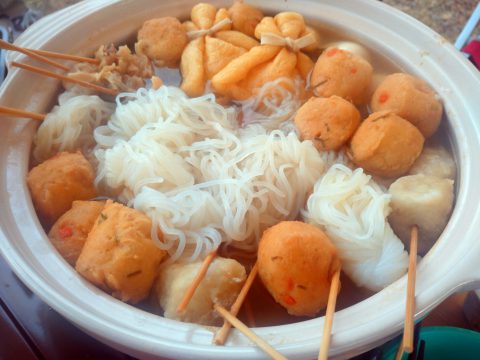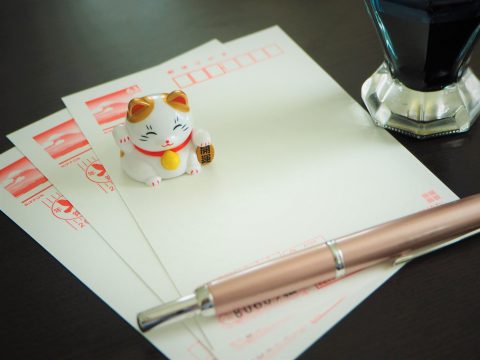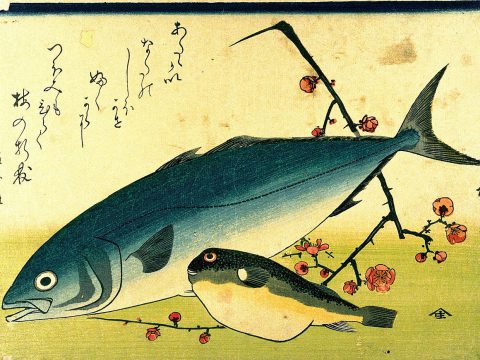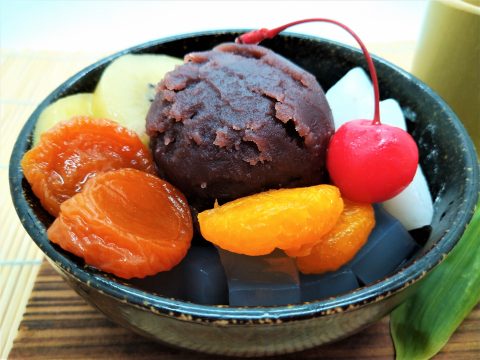Japanese Mushrooms (日本料理に使われる茸類)
JAPANESE FOODS
26.10.2022
The Japanese eat a lot of mushrooms (きのこ・茸). Interestingly, they’re associated with the fall season, despite many varieties grown in greenhouses year-round. Mushrooms are excellent in fiber, antioxidants, and nutrients, rich in umami, and cheap. They’re also versatile in Japanese, Asian, and non-Asian cuisines, which is why you should incorporate them into your diet!
Find Japanese mushrooms at your local supermarket and grocery stores.
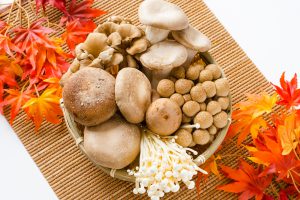
Shiitake しいたけ・椎茸
 Shiitake (“hardwood tree mushrooms”) is known for its firm and meaty texture. It has brown caps and white stems. It’s versatile and can be fried, stir-fried, simmered, or grilled.
Shiitake (“hardwood tree mushrooms”) is known for its firm and meaty texture. It has brown caps and white stems. It’s versatile and can be fried, stir-fried, simmered, or grilled. Dried shiitake (干し椎茸) has even more concentrated umami. You can add it to soups and hot pots and use the soaking liquid as dashi (出汁), Japanese soup stock.
Maitake まいたけ・舞茸

You will recognize maitake (“dancing mushroom”) for its frilly caps. It can be brown or white and has a less rubbery texture than shiitake.
Eringi えりんぎ・エリンギ
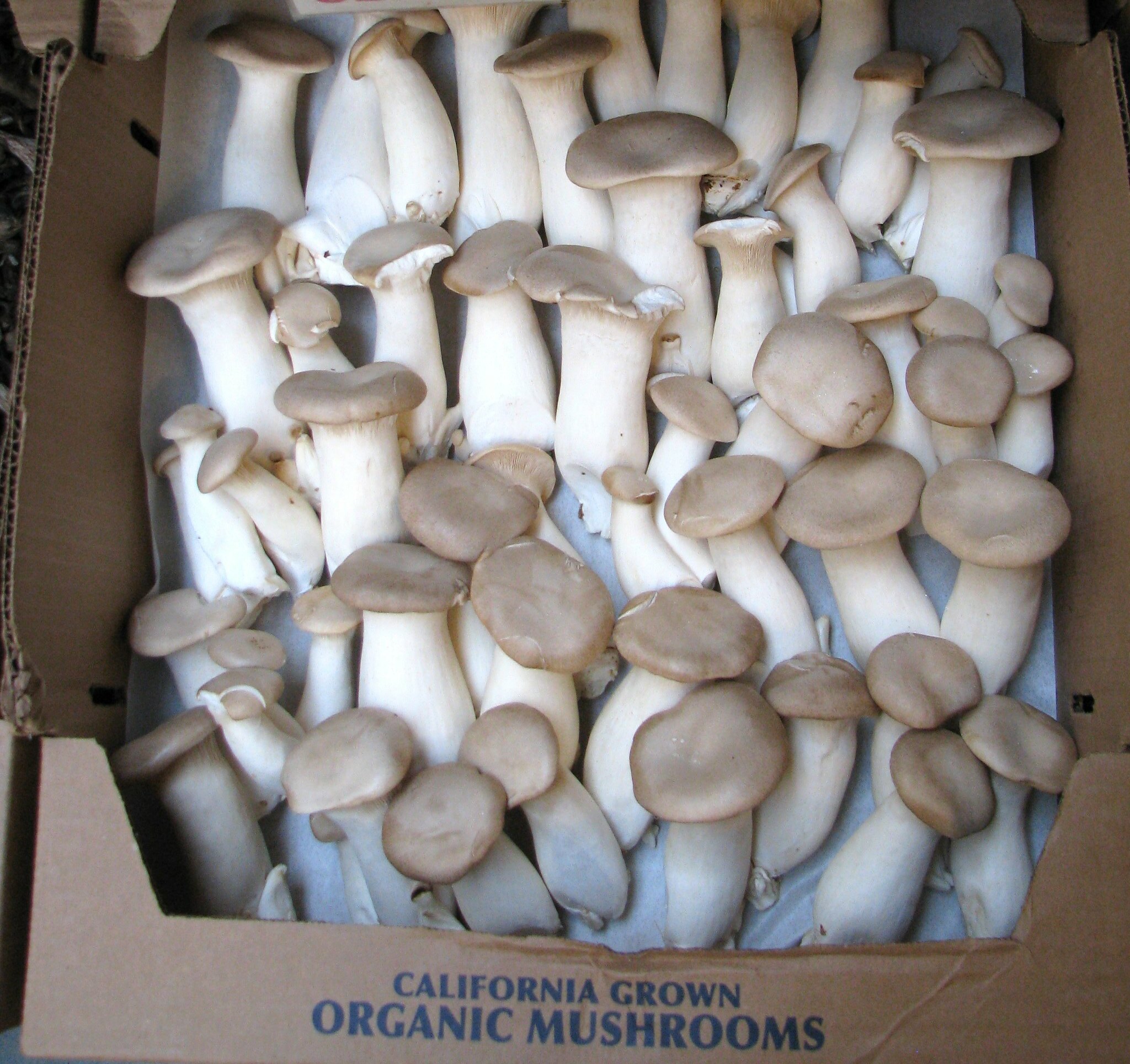
Eringi, king oyster mushrooms, or king trumpet mushrooms have thick white stems and small tan caps. It has a dense, chewy texture that resembles scallops.
Shimeji しめじ・占地

Shimeji, or beech mushrooms, have brown caps and white stems that look like beech trees. They’re sold in bunches or separated.
Enoki えのき・榎茸

Enoki is sold in bunches attached to a root base, resembling thin noodles with tiny caps. It can be brown or cream colored.
Dried Woodear Mushroom きくらげ・木耳

Dried wood ear mushrooms (“tree ears”) are black or white mushrooms that resemble floppy ears. It has a crunchy texture and is also used in traditional medicine.
Matsutake (松茸)

Matsutake (“pine mushrooms” is the king of mushrooms. Unlike the others, matsutake is cultivated in the wild and is available between fall and winter. It has an intense, unique aroma and flavor and is used to season and flavor Japanese autumn dishes, such as soups, rice, steamed foods, and savory egg custard.
It’s also the most expensive mushroom. While you may see imported matsutake from the U.S., Canada, and China, Japanese matsutake is the most prized and expensive.
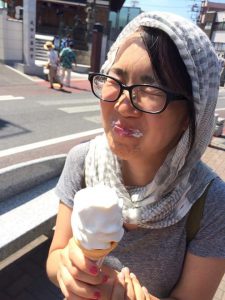
Kayoko Hirata Paku
Kayoko Hirata Paku is a food writer, translator, and bagel person. Growing up in Japan and the U.S., she currently resides in Tokyo with her peanut butter addicted husband, a very hungry baby, and many half-dead plants.
Read previous articles by the writer
Read latest articles
KEYWORDS
- # PICKPICK
- # Resume
- # alcohol
- # Rice
- # Soup
- # winter food
- # Fast Food
- # seafood
- # spicy foods
- # raw food
- # fermented food
- # Transportation
- # MEAT
- # Edo culture
- # suits
- # clothing
- # drink
- # fish
- # seasoning
- # Japanese New Years Foods
- # Toshikoshi soba
- # Osechi Ryori
- # Ozoni
- # Christmas
- # Japanese fusion pasta
- # Wafu Pasta
- # Japanese Hot Pot
- # なべ
- # 鍋
- # Miyazaki
- # Chicken Nanban
- # Karamen
- # Autumn Wagashi
- # Mushi-yokan
- # Imo-yokan
- # Japanese Autumn Fruits
- # Autumn
- # Vending Machine
- # fall
- # dango
- # Chestnut rice
- # saury
- # Mushroom
- # Rice vinegar
- # Japanese condiments
- # 調味料
- # Sake
- # Mirin
- # Soy sauce
- # Japanese Noodles
- # Udon
- # Ramen
- # Yakisoba
- # Soba
- # Japanese Seaweed
- # 海藻
- # かいそう
- # Payslip
- # Training
- # Japanese summer foods
- # 和菓子
- # Wagashi
- # ryokucha
- # 夏
- # 飲み物
- # Ramune
- # ラムネ
- # Pokari Sweat
- # ポカリスエット
- # Calpis
- # カルピス
- # Mugicha
- # ume
- # 梅
- # うめ
- # umeshu
- # job hunting
- # tofu
- # Recruitment in Japan
- # miso
- # Japanese cuisine
- # Yellowtail and bonito
- # Children’s Day
- # Kashiwa Mochi
- # Chimaki
- # fruits
- # Kusamochi
- # Types of Agriculture in Japan
- # bread
- # パン
- # パン屋さん
- # japanese bread
- # shokupan
- # meal blead
- # anko bread
- # 桜
- # さくら
- # cherry blossom
- # visa
- # hanami
- # omotenashi
- # sakura
- # おもてなし
- # Japanese hospitality
- # oshibori
- # wet hand towel
- # hand towel
- # restaurant
- # Commuting in Japan
- # Women-only cars
- # Exit gate
- # japanese train
- # train
- # valentine
- # Japanese sweets
- # 朝食
- # Japanese Breakfast
- # Breakfast
- # Japanese
- # 日本
- # healthy
- # persimmons
- # hoshigaki
- # HR
- # work in Japan
- # jinji ido
- # corporate systems
- # Japanese work culture
- # bento
- # ekiben
- # shinkansen
- # omiyage
- # train station
- # Japanese culture
- # work culture
- # mentaiko
- # umeboshi
- # Japanese snacks
- # potato chips
- # Japanese potato chips
- # Japanese writing
- # seaweed
- # konbu
- # ocean foods
- # shio konbu
- # dashi
- # miso soup
- # food processing
- # pear
- # nashi
- # sweet potato
- # japanese sweet potato
- # stingray
- # satsuma imo
- # food value chain
- # homecooking
- # agriculture
- # Japanese homecooking
- # farming
- # nikujaga
- # shojin ryori
- # meat and potatoes
- # traditional foods
- # comfort food
- # buddhist food
- # manufacturing
- # factory
- # eihire
- # vegetarian
- # food and beverage
- # izakaya
- # yatai
- # japanese festival
- # taiyaki
- # matsuri
- # summer
- # Ikayaki
- # smart agriculture
- # shaved ice
- # kakigori
- # かき氷
- # summer dessert
- # Japan
- # Japanese foods
- # dessert
- # fruit
- # matcha
- # icecream
- # Pikcup
- # Pikc up
- # Pcikup
- # skilled labor visa
- # working visa japan
- # Dineer Table in Japan
- # Japanese manner
- # Japanese food
- # Japanese Table Manner
- # Chopsticks
- # Japanese traffic signs
- # traffic information
- # road rules in Japan
- # chocolate
- # green tea
- # Osaka
- # Work Japan
- # Japanese company
- # ikura
- # sushi
- # nigiri
- # wasabi
- # PCIK
- # PICK UP
- # PICK
- # PICKUP


